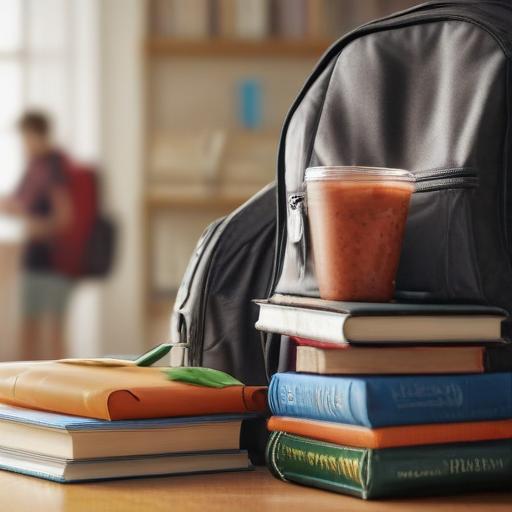Back to School in Baja California: Government rolls out measures as more than 900,000 students return to classes
More than 900,000 basic-education students in Baja California will head back to classrooms on Monday, September 1, across more than 5,000 campuses in the state.
To ensure no child is left out, the Governor announced a toll-free educational line for families who still need to enroll their children. The line is free at 686-520-0500, and she underscored that there is still time to resolve enrollment issues and guarantee education for all minors in the region.
Nutrition remains a central pillar of the plan. The “Pancita llena, corazón contento” program guarantees breakfasts and hot meals for 347,000 students in 1,200 primary schools, with the ambitious goal of serving more than 68 million meals during the school year, including in double-shift schools. The administration is also advancing construction of 45 dining facilities to expand capacity.
In addition to meals, the program provides 10,600 uniform vouchers and distribution of 2,380 tablets and laptops to students in priority situations, primarily in secondary and high school, who most need digital tools to learn.
The Violet Card Program continues to support women who have not completed their studies. Currently, 1,840 autonomous mothers are pursuing high school, and 3,250 are enrolled in university studies. Since the program’s inception, 7,531 women have completed technical studies, improving their job prospects or enabling entrepreneurship.
On the transportation front, Marina del Pilar Ávila Olmeda stated that the Comunder program is ready to operate with 37 routes across seven municipalities, facilitating the commutes of about 4,000 students.
A massive distribution of educational materials also continues, with 4,450,000 free textbooks allocated across all levels in Baja California.
Finally, the Governor highlighted a range of scholarships available to students, reaffirming the state’s commitment to supporting learning from primary through higher education.
Editor’s note and context:
– The initiatives emphasize inclusive access to education, nutrition, digital inclusion, and adult education, targeting both students and working mothers.
– If successfully implemented, the plan could reduce enrollment barriers, improve student attendance through meals, and boost academic attainment and workforce readiness in the region.
– Close monitoring will be important to ensure timely delivery of meals, textbooks, devices, and transportation services, as well as the effective use of scholarships and the Violet Card program.
Key takeaways:
– Back-to-school push covers nutrition, enrollment support, and access to devices for priority students.
– Programs target both traditional students and adult learners, with strong emphasis on mothers’ education.
– Transportation and textbook distribution are scaled to support widespread access across municipalities.
Positive outlook:
This comprehensive package signals a robust commitment to keeping every child in school, helping families manage costs, and expanding opportunities for women to complete their education, which could have lasting social and economic benefits for Baja California.
